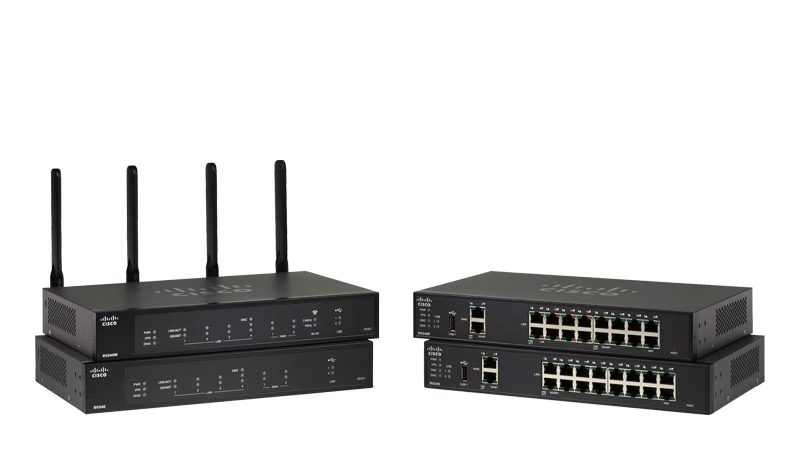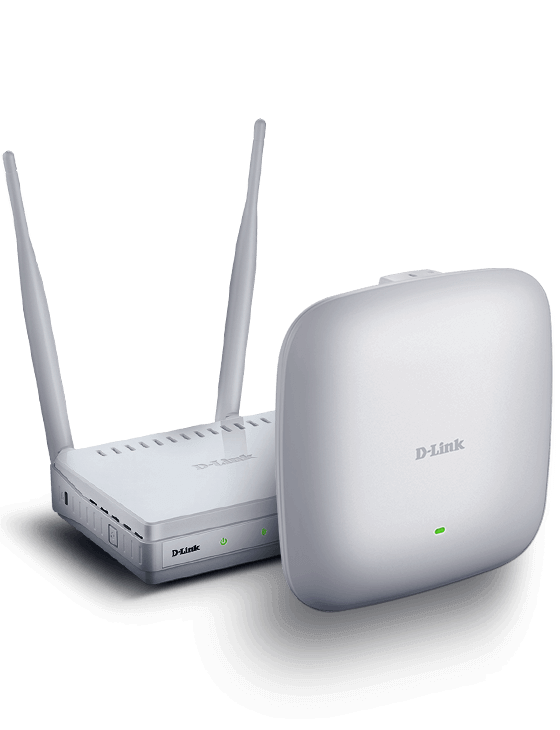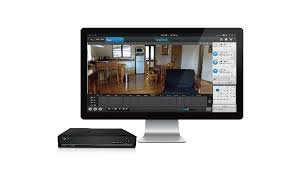Computer network devices
Computer network devices
Computer network devices are the hardware components that connect computers and other devices together to form a network and enable them to communicate and share resources. Here are some of the most common computer network devices:
Network Interface Card (NIC): Also known as an Ethernet card, a NIC is a network adapter installed inside a computer. It allows the computer to connect to a network physically through a wired connection using an Ethernet cable. NICs also have a unique Media Access Control (MAC) address that identifies the device on the network.
Switch: A network switch is a more advanced device compared to a hub. It connects devices on a network and intelligently directs data packets to the intended recipient. Unlike a hub that broadcasts data to all connected devices, a switch learns the MAC addresses of the devices connected to its ports and forwards data only to the specific port where the recipient device is located. This improves network performance and reduces congestion.
Hub: A hub is a basic networking device that acts like a multi-port repeater. It receives data from one device and broadcasts it to all devices connected to its ports. This can be less efficient compared to a switch, as all devices receive all data packets regardless of whether they are the intended recipient. Hubs are rarely used in modern networks due to their limitations.
Router: A router is a more complex device that connects two or more networks, like a home network to the wider internet. It acts as a traffic director, intelligently routing data packets between different networks based on their IP addresses. Routers typically have built-in DHCP (Dynamic Host Configuration Protocol) servers that assign unique IP addresses to devices on the network and manage network traffic flow.
Modem: A modem (modulator-demodulator) acts as a translator between the digital signals used by computers on a network and the analog signals used by cable or telephone lines. It modulates digital data into analog signals for transmission over the cable or phone line and demodulates the received analog signals back into digital data for the computer to understand.
Access Point (AP): An access point (AP) is a device that creates a wireless local area network (WLAN). It acts as a central hub for wireless devices used to connect to the network. Wireless devices like laptops, smartphones, and tablets can connect to the AP using Wi-Fi signals to access the network and the internet.
Firewall: A firewall is a security device that monitors incoming and outgoing network traffic and filters it based on a set of security rules. It helps to control access to a network and protect devices from unauthorized access, malware, and other cyber threats. The Firewalls can be hardware devices, software applications, or a combination of
These are just some of the most common computer network devices. The specific devices you'll need will depend on the size and complexity of your network. For a simple home network, you might only need a router and a modem. For larger or more complex networks, you might need additional devices like switches, firewalls, and access points.










Comments
Post a Comment